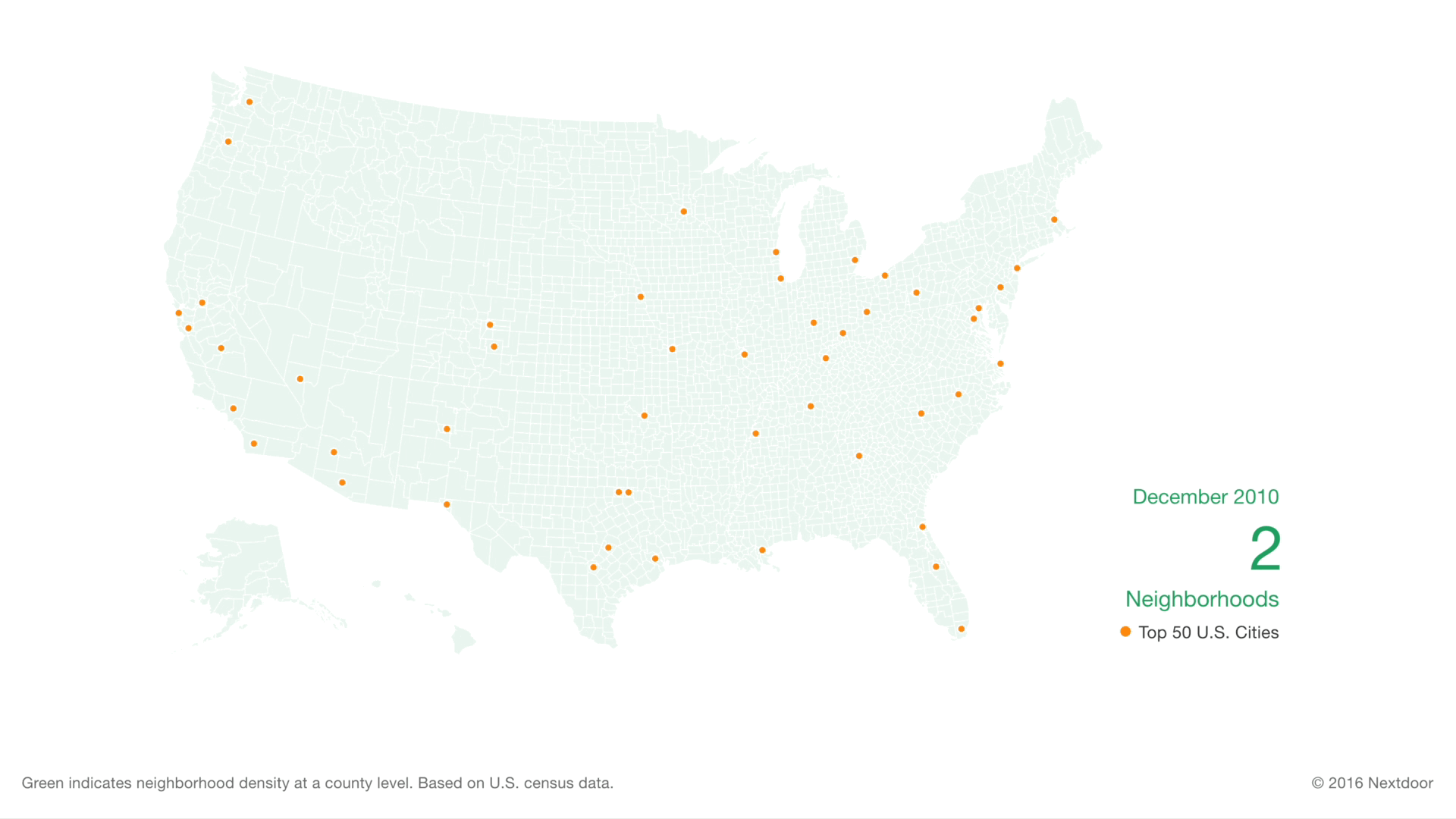Nextdoor is a private social network site for neighborhoods. Launched in 2010, it’s intended to help neighbors share local information, whether that’s to vet a car mechanic, find a lost dog or safeguard against threats. As of September 2016, Nextdoor had 110,000 registered neighborhoods in the United States. That’s 65 percent of all neighborhoods in the country.
In 2014, Nextdoor expanded its platform to allow municipal agencies to join the conversation. As a municipal user, you can post information to either a single neighborhood or all the neighborhoods in your city. To protect residents’ privacy, public agencies can’t see private conversations between residents — just information that has been communicated directly to the agency, or responses to agency posts.

So far, Nextdoor has been used primarily by safety and health officials for community engagement, crime prevention and alert, disaster preparedness and community policing. But other types of city or county administrators have also found the platform useful. San Mateo County uses Nextdoor to communicate with residents about a variety of issues, including recycling and waste.
Kathryn Cooke, a pollution prevention specialist in San Mateo County’s Environmental Health Services Division, described Nextdoor as a great way to connect with residents. It’s free, as she pointed out, and a growing number of residents and neighborhoods are using the platform. After giving Nextdoor a hearty recommendation, Kathryn kindly shared the following tips with us:
- Nextdoor users are looking for information about how their government is serving them. Posts should not sound promotional.
- Residents don’t want Nextdoor to be inundated with repetitive information coming from several directions. It helps to have one point person who manages and posts information coming from multiple departments. (Nextdoor itself allows one account per city/county, used by multiple departments or agencies.)
- Information should be current and relevant, or responding to issues and concerns.
- Nextdoor seems to be most popular among families; it’s not quite as useful to reach younger age groups.
San Mateo County has used Nextdoor to spread the word about upcoming household hazardous collection events, to conduct seasonal outreach (e.g., what to do with yard litter, where to dispose of castoffs from a spring cleaning purge) and to address community concerns (e.g., how the county is responding to illegal dumping or scavenging). If you think Nextdoor might help your community outreach efforts, learn more here:
